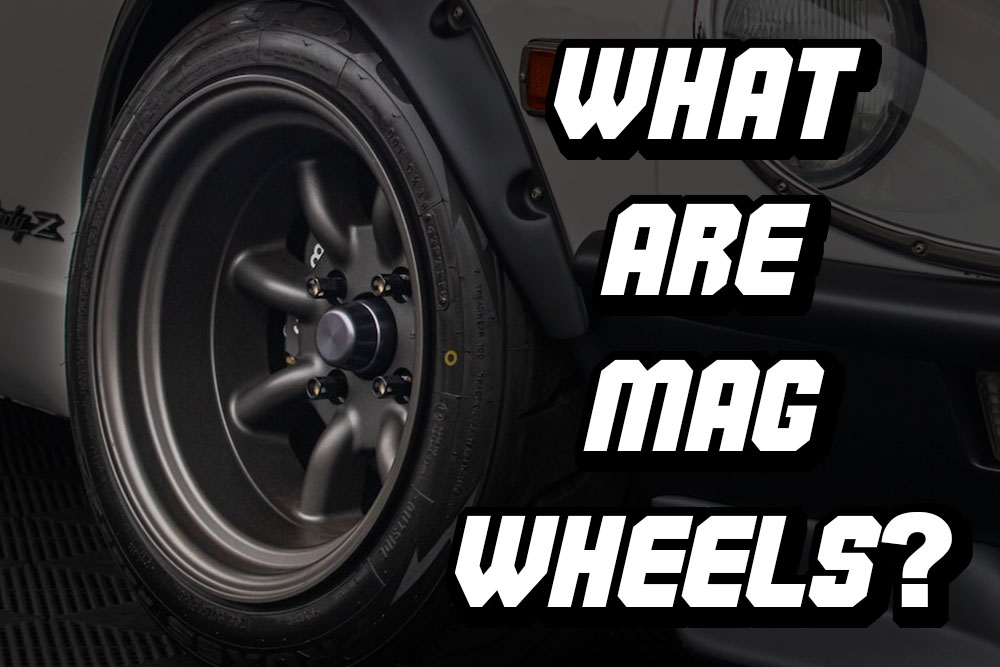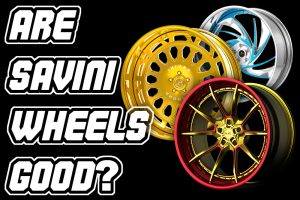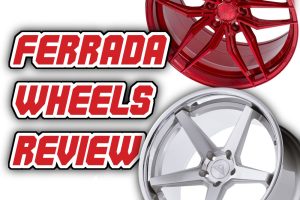What Are Mag Wheels? The Ultimate Guide to Magnesium Wheels
If you’ve been looking around at aftermarket wheels, you’ve no doubt heard the term “mag wheel”.
What exactly is a mag wheel and why is the term used so often?
In this post, I will explain what a mag wheel is as well as the history behind the term and the wheels themselves.
What Is a Mag Wheel?
The term “mag wheel”, or even “mags” for short, is typically used to refer any aftermarket wheels or even to OEM aluminium wheels, as opposed to steel wheels, which are never referred to as “mags”.
However, technically speaking, “mag wheel” actually comes from magnesium wheels, which are made of a magnesium allow.
So Why the Term “Mag” Wheel?
The term “mag wheels” original comes from the word magnesium. The reason why this term is used is because before aluminium wheels were common, magnesium wheels were all the rage, and the term has just stuck over time even though its factually incorrect when used to refer to aluminium wheels.
Starting in the 1930s, the first alloy wheels were magnesium and were commonly used for motorsport and racing applications due to their light weight and high rigidity, especially compared to the steel wheels available at the time.
Magnesium wheels were popular up until the 1960s when usable aluminium wheels were developed.
Magnesium wheels have a number of advantages over other wheels including aluminium, but they also have a number of drawbacks. Some magnesium wheels are still made today, though they are mostly used for racing applications and rarely seen of road cars, for reasons I will mention shortly.
What Are Mag Wheels Made Of?
Mag wheels are made of an alloy which consists mostly of magnesium. Magnesium wheels can be produced using several different manufacturing methods including casting and forging.
Types of Magnesium Wheels
Similar to aluminium wheels, magnesium wheels can either be cast or forged.
Cast
Casting wheels is cheaper but produces a lower quality product that is also heavier. Many of the magnesium wheels produced in the past were cast, and some top tier racing wheels found in the likes of Formula 1, MotoGP, Indycar and more were produced using Diecasting up until the 1990s when forged wheels proved superior.
Forged
Forged magnesium wheels have taken over as the wheel of choice for those looking for performance. They are stronger and lighter than cast wheels and allow for designs that would not be possible using casting.
Several methods of forging magnesium exist, and the result is a wheel that weights 25% less than a cast wheel.
The only disadvantage of forging is the high manufacturing cost, and as such forged magnesium wheels are rarely seen outside of professional racing.
Benefits of Magnesium Wheels
Magnesium wheels actually have several benefits of all other types of wheels available today.
Lightweight
Magnesium wheels are lighter than any other type of wheel including aluminium. Magnesium is up to 1.5 times less dense than aluminium, which means that magnesium wheels can be designed to be significantly lighter while being just as strong as aluminium wheels.
The lighter weight brings several benefits due to lowering the unsprung rotating mass of the car, including faster acceleration, shorter stopping distances, more responsive handling, better fuel economy and a longer life for brakes and tyres.
This makes magnesium wheels incredibly popular in racing applications as they are able to provide significant performance benefits over other types of wheels.
Heat Dissipation
Another pretty significant benefit of magnesium wheels is that they provide better heat dissipation, which means the brakes are kept cooler and can perform more consistently for longer periods of time.
Magnesium also has high damping properties which give it the highest absorbance rate of any metal. This allows magnesium wheel to better absorb bumps and shocks which makes for a more consistent tyre contact patch with the road, resulting in better acceleration, braking and handling performance, as well as a more comfortable ride.
The Problem With Mag Wheels
With all these benefits of magnesium wheels, why did they stop being used?
Corrosion
One of the biggest issues with magnesium wheels is that they are very prone to corrosion.
Back in the 1900s, surface protection technology was nowhere near what it is today, and as a result corrosion was a major issue for the magnesium, which often rendered the wheels unsafe to use in a very short amount of time.
To illustrate how bad the corrosion could be, here is a picture of a magnesium wheel that was sand blasted to reveal the true extent of the corrosion.
Even some more modern magnesium wheels made by some of the most reputable wheel companies were sold under the condition of only having a 2 year usable life.
At the time when magnesium wheels were common and aluminium wheels started being produced, the aluminium wheels provided a much longer life with not a lot of downside other than slightly more weight, which is why aluminium wheels became much more popular, especially for road applications.
However, more modern surface treatment technology has allowed magnesium wheels to make a comeback as more practical option than they once were, with their life now being extended to as long as that of an aluminium wheel, and in some cases even longer.
Some modern magnesium wheel manufacturers now even offer a 10 year warranty on their wheels, proving how long they can last. OEM car manufacturers such as Porsche are even offering magnesium wheels as an option.
They are also still used in various motorsports where their performance is far more important than their longevity.
Misconception of Catching Fire
Because magnesium is flammable, there is a common misconception that is still around today that magnesium wheels can easily catch fire, causing a safety hazard.
However, because magnesium wheels are not fully magnesium, but rather made of a magnesium allow, it is practically impossible for them to catch fire, with no reported cases of magnesium wheels catching fire in the last 50 years in the US.
FIA also approved magnesium wheels for use in Formula 1, which would not have happened if they posed such a risk. The U.S. Federal Aviation Administration has also ruled magnesium alloy safe to use even in aircraft.
Price
Another significant downside to magnesium wheels is their cost.
Very few companies these days make magnesium wheels compared to aluminium wheels, and as such they are generally far more expensive.
When it comes to forged magnesium, the process requires special tooling that many wheel manufacturers don’t have, which adds to the cost.
For the average driver of a street car, magnesium wheels are generally not worth the significant price increase over aluminium for the comparatively small benefit they provide, which is much more obvious in competitive motorsport than on the road.
Examples of Magnesium Wheels
Past Magnesium Wheel Brands
Some of the biggest names to produce magnesium wheels in the past include:
- American Racing
- Campagnolo
- Cromodora
- Halibrand
- Minilite
- Ronal
- Technomagnesio
- Watanabe
Current Magnesium Wheel Brands
There are several companies that still produce magnesium wheels today, which include:
- Brembo (Marchesini) – Motorcycles
- BBS
- Minilite
- Taneisya (TWS)
- SMW
Examples of Magnesium Wheels Available Today
Some examples of magnesium wheels include:
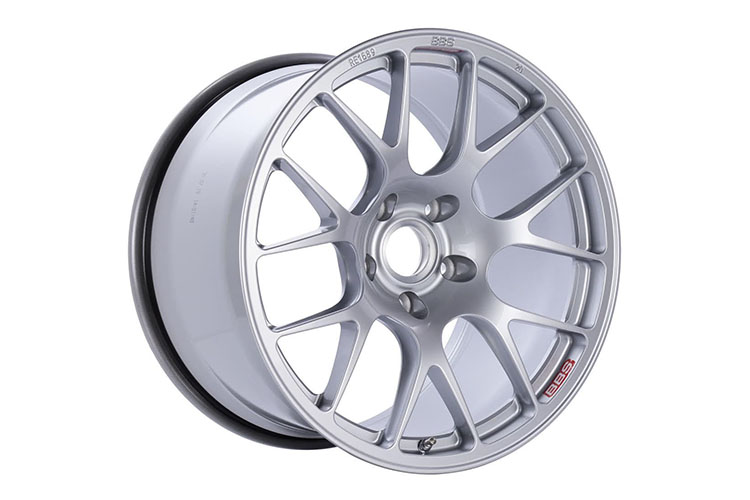
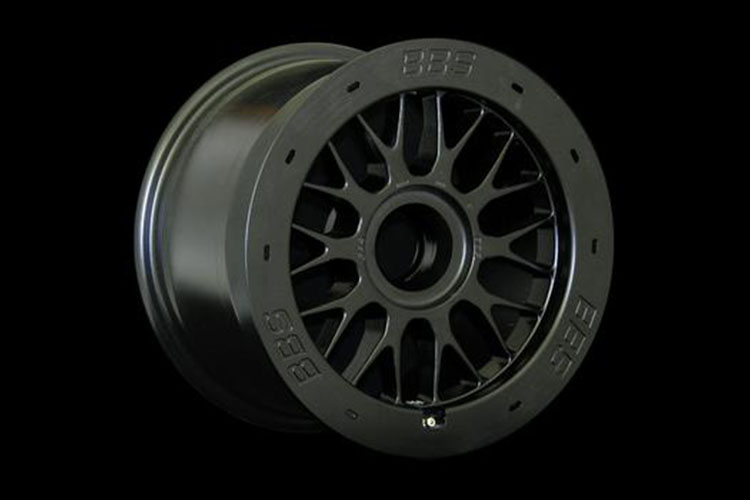


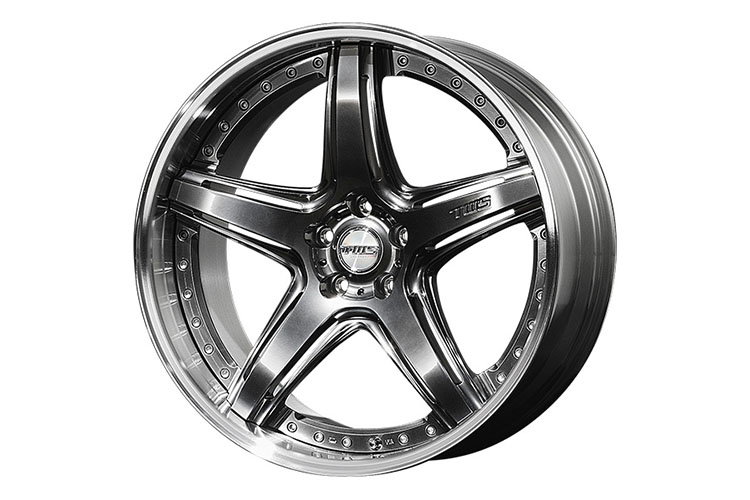
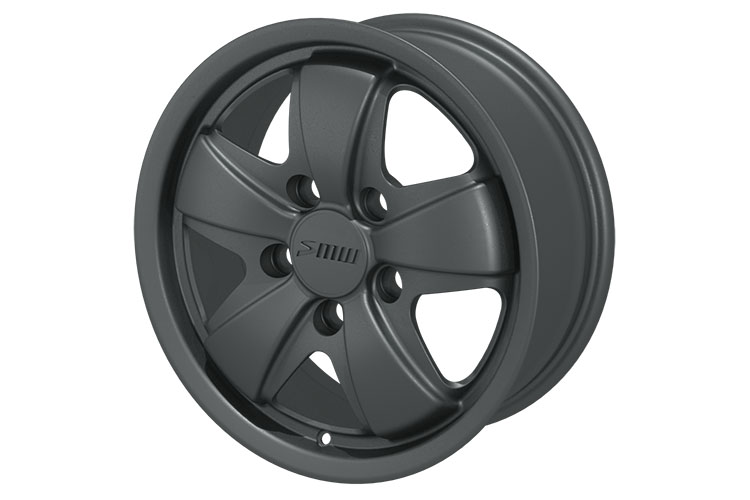
- BC Racing BR Series VS Tein Flex Z Coilovers - April 15, 2024
- The Pros and Cons of Shock Body Vs Spring Perch Coilover Height Adjustment - April 13, 2024
- Monotube Vs Twin Tube Shocks: The Ultimate Guide - April 11, 2024

